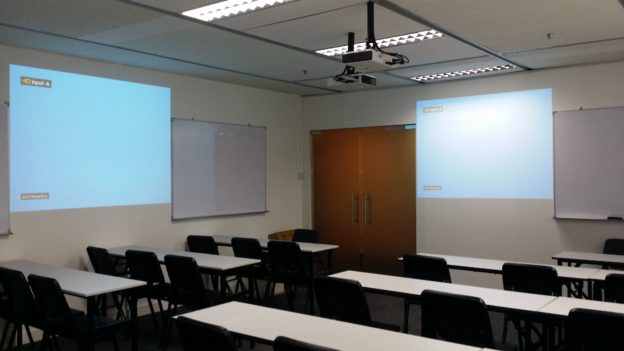For small businesses, it is often tempting cut down on their employee training budget, especially in times of economic downturn. But, training not only helps improve the quality of your final product but also boosts your employee productivity.
Training also helps employees to make better career decisions and take up bigger responsibilities in their existing companies. If you haven’t already, it is perhaps time to rent training room and organize a session for improving employee performance. Here are some ways training helps increase productivity.
Updates existing skill sets
Existing skills sets of your employees need to be refreshed from time to time. This helps in retaining your productive employees. With refreshed skills that are in sync with the demanding times, employees will find it easier to complete their regular tasks faster. This will keep them motivated. They will also be seeking additional responsibilities for personal growth!
Boosts confidence
Learning new skills make your employees more efficient, which in turn boost their confidence. With enhanced confidence, they will find renewed enthusiasm at work, which may well translate to increased productivity. Training improves your employees’ self-worth and inspires them to perform better.
Instills a sense of belonging
When you rent seminar room and make arrangements for a training session, it shows you care for employees and their professional growth. This works wonders in fostering a strong employee –employer bond. And this in turn enhances commitment levels and improves productivity.
Fosters a performance-based culture
Training is motivating and inspiring for employees since it puts forth attainable goals for them to reach. However, the goals should be clearly defined ones and the success needs to be clearly defined as well. Employees should be aware of their goals in order to understand how to achieve it.
Training programs should be integral to employee development programs. A well planned and suitably executed program helps in improving the performance of the workforce at large.









